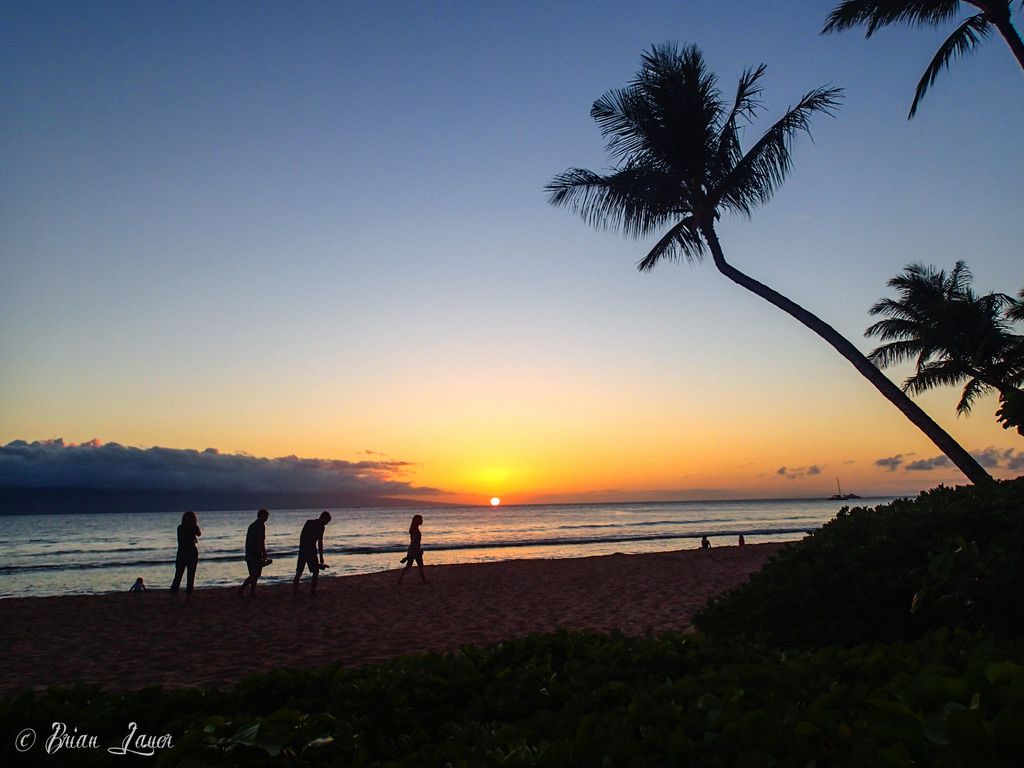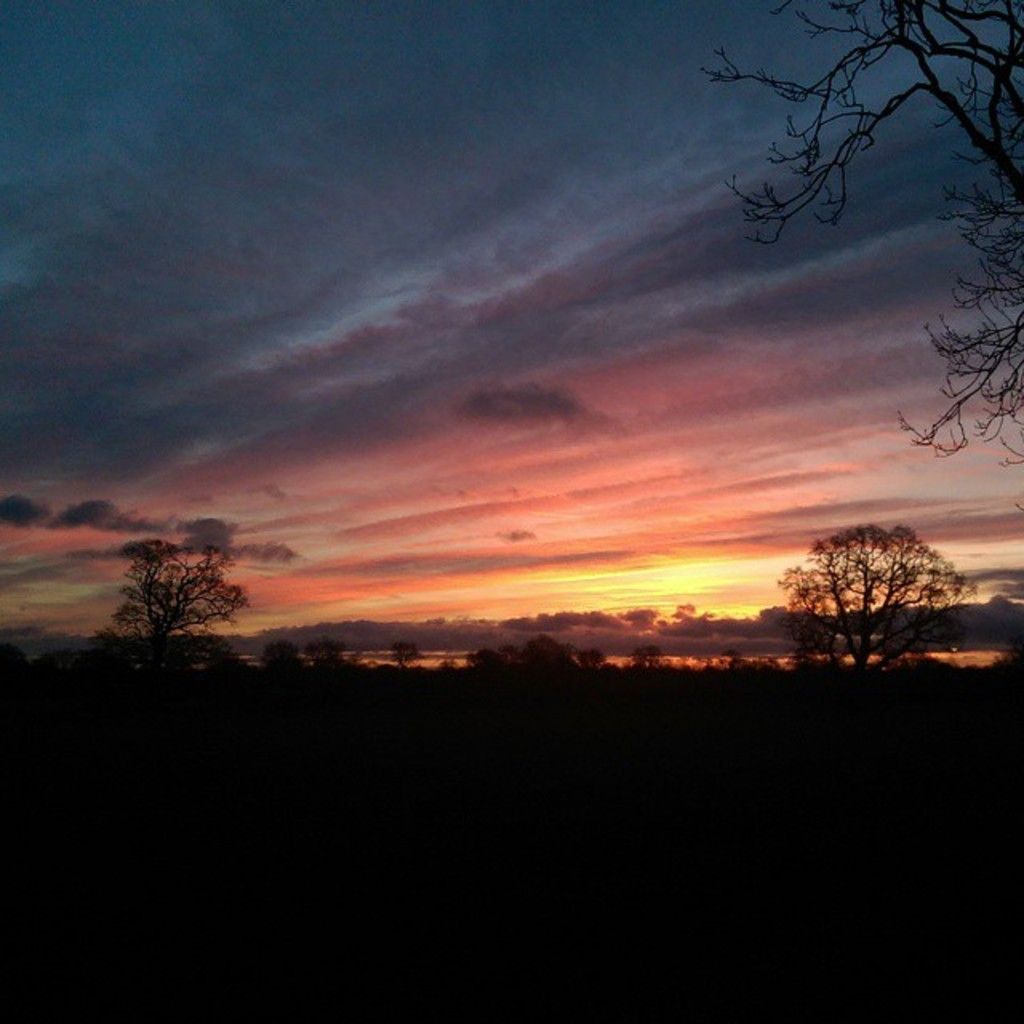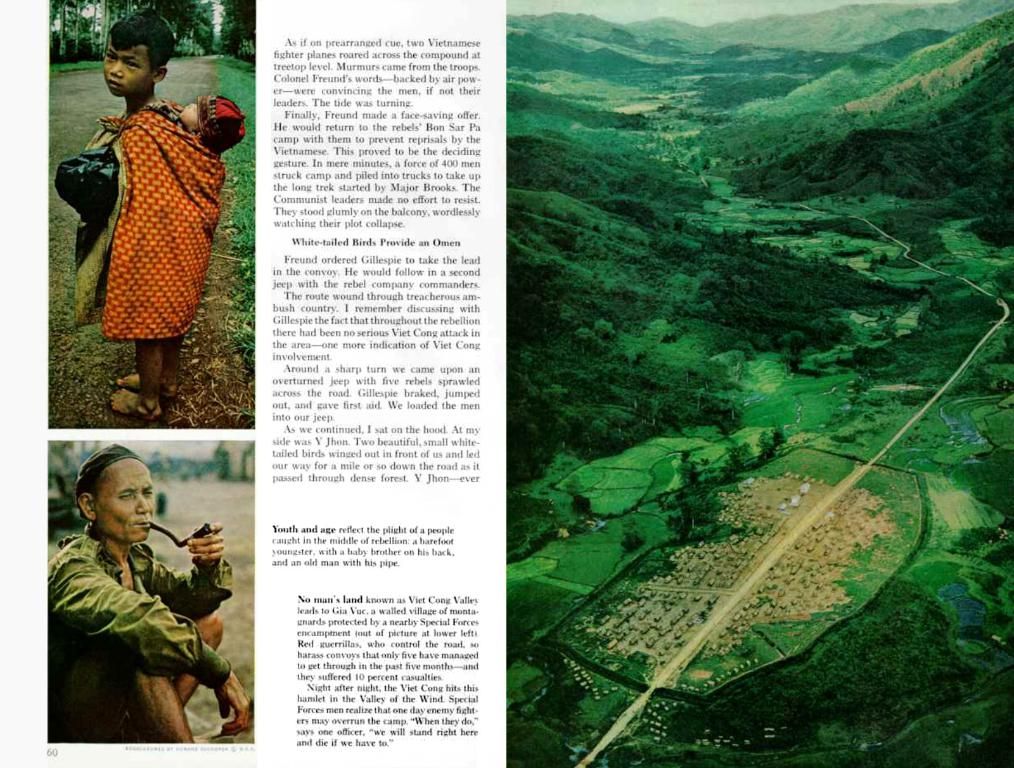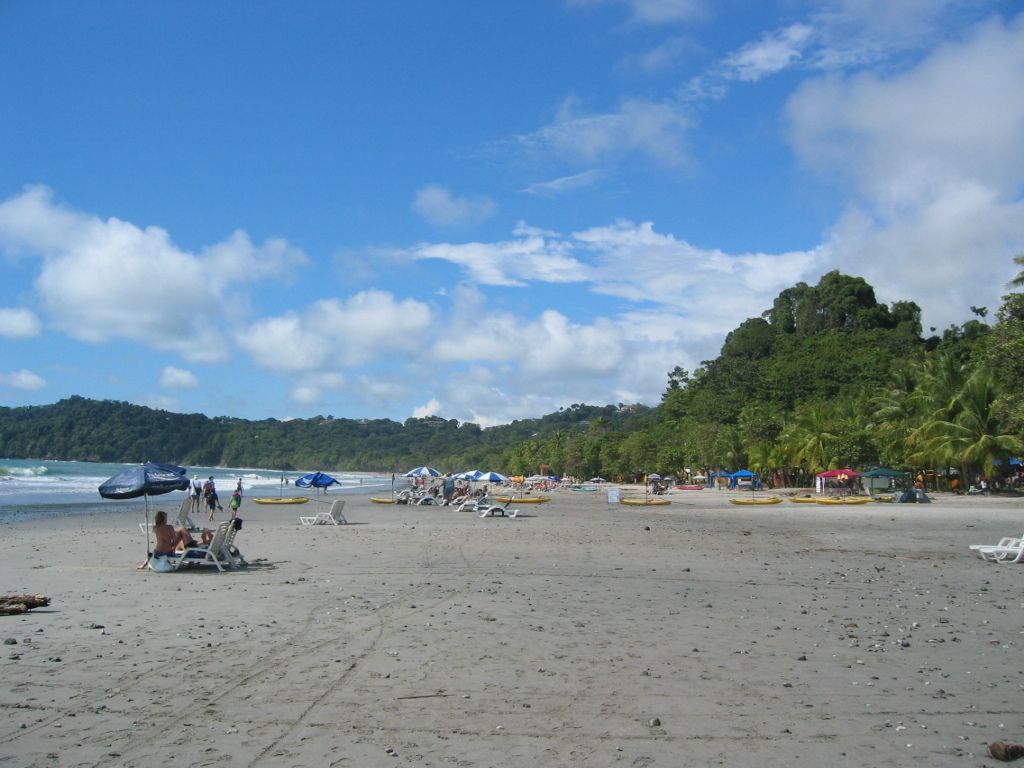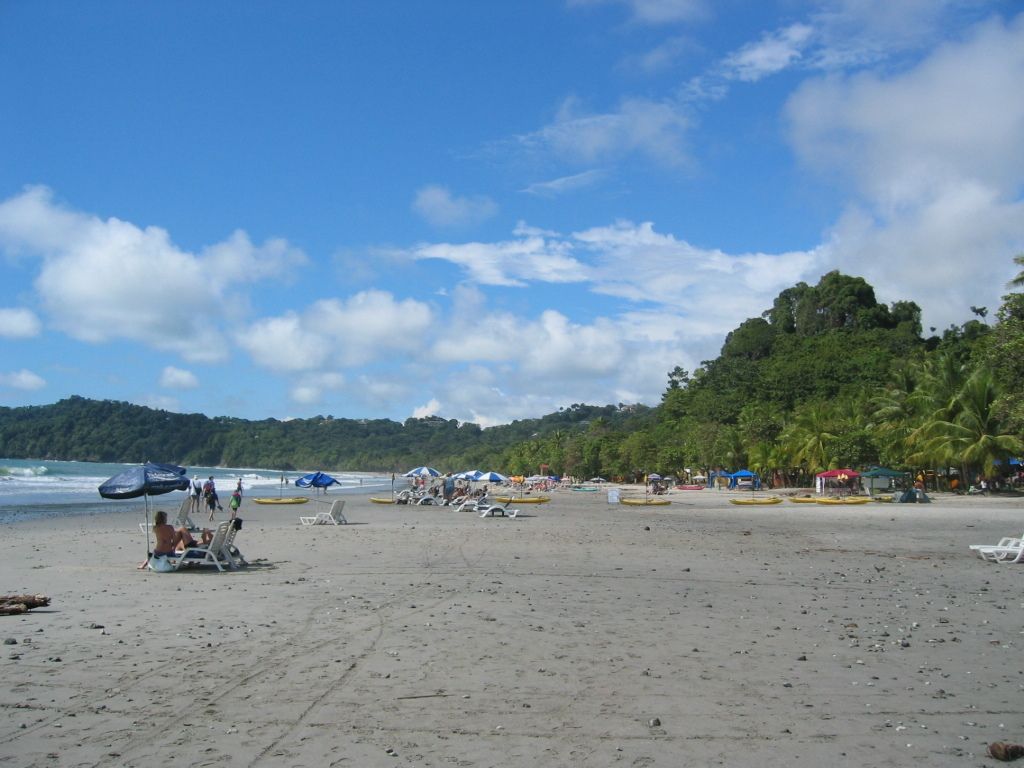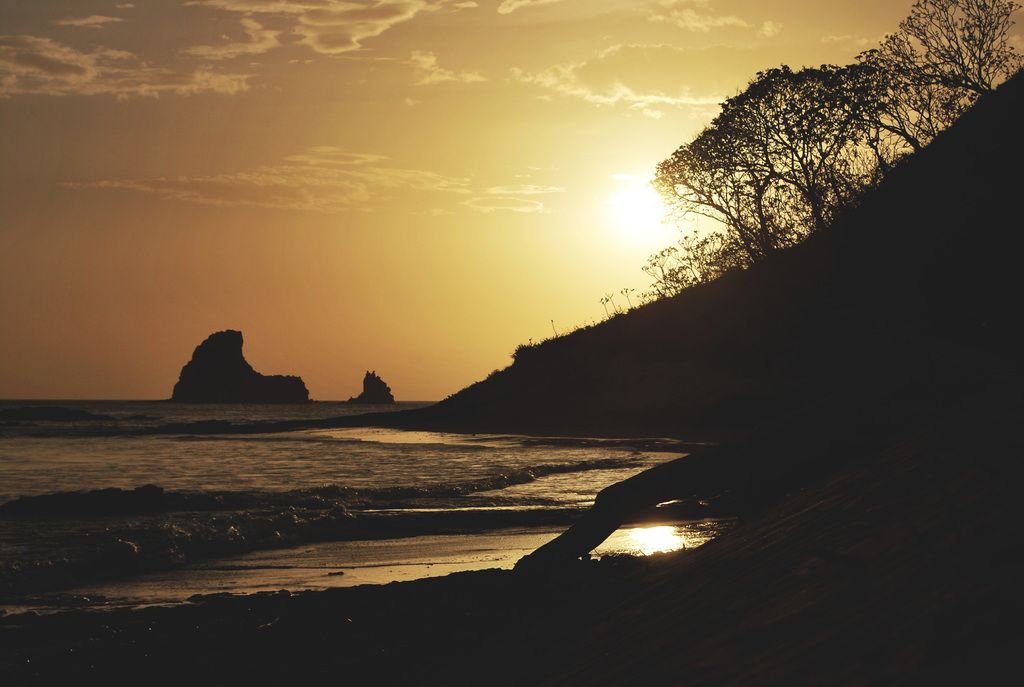It seems the individual has grown tired of VR attractions about Yekaterinburg and no longer wishes to participate. Mystery surrounding the absence of such attractions in Yekaterinburg.
This is the most common complaint that VR developers in Yekaterinburg hear about their product. Although the phrase "already rode it, don't want to anymore" seems to refer to a VR attraction in any shopping mall, they have created a fundamentally different product, with detailed study of real buildings and flying creatures soaring above them.
But let me explain.
The VR coasters developed by Yekaterinburg-based company Jet XR take first place every year at international competitions for the best innovative VR projects. The purpose of the attraction is a tour of landmarks in the style of "American Cities." At first glance, it's nothing special, if not for the level of detail and immersion.
In the VR coaster over Amsterdam, beginning from one of the local skyscrapers Adam Tower, and made by the tower's owner, the journey starts with a giant King Kong pulling you out of a window on the last floor of the building, putting you in a cart and giving you acceleration.
Only foreign clients order these VR coasters. Russian consumers are still satisfied with virtual flights in the imaginary reality (for 500 rubles in any shopping center). "This is a big disappointment for us because consumers judge the quality of the product in general throughout the VR industry based on these flights." - says Alexei Markin, creative director of Jet XR.
We talked to Alexey about what sets a flight over Amsterdam apart from zombie attractions in the hypothetical shopping center "Vtorcik MALL." Before our meeting, he sent me a presentation (some of the video above), so I could better understand what we would be discussing. The conversation began approximately as follows:
"Did you watch the video? Understood?"
"Sure. I understand."
"Nothing is clear there! Sit in the chair, put on the goggles. Dim the screen for him. Let's go!"
And suddenly, I was pulled out of a window on the last floor of a building by a giant King Kong, put in a cart, and given acceleration. I later found out that the height of Adam Tower is only 22 floors. For comparison, the height of the "Vysotsky" skyscraper in Yekaterinburg is 54. Would I have had twice as much impression if I had flown over Yekaterinburg? Probably not, because it seems to be the maximum.
Then I was "driven" over "IJohan Cruyff Arena" - the home stadium of the football club "Ajax" in Amsterdam. This release is not yet released, so I cannot publish the video. The VR coaster demonstrates the capabilities of the stadium for holding sports matches, concerts, and various events of all kinds.
Next, I found myself in Scheveningen - a seaside resort in the Netherlands. On the third ride, my vestibular system asked to stop (thank you, it didn't happen). Seven and a half minutes was enough for it. I thought, kids could keep going and going, because they never listen to their vestibular systems. They would get up from the chair, like Princess Fiona - happy and green.
Let me try to describe these flights in words. Because when comparing the same plot in the format of a video and in VR, there might be some difficulties.
Difficulties of Translation
After sitting in the seat (the chair is called a rig) and putting on the VR goggles, the video comes to life and wraps around you completely. It would probably completely replace reality, if not for occasional phrases from the person standing next to you like "speed 200 km/h" and "look for the dolphins on the left."
The rig helps you feel physical movements, which the brain interprets thanks to the picture - and the brain believes even more strongly in what's happening. The chair moves along six axes, reproducing the movements of the virtual cart, and can also vibrate, copying various mechanical impacts. The music and sounds are divided into different channels and work for maximum immersion. The cherry on top is two fans, synchronized with the speed of the virtual cart and adding another dimension to the ortion VR experience.
But...
Almost identical (only Chinese) rigs I've seen at the shopping center "Vtorcik MALL," and sitting there again was not my desire.
"The video doesn't even come close to conveying half of the magic!"
"I'm telling you, it's our biggest problem - it's difficult to explain in words what we've done." We need to show, not explain. People think they've already seen everything in shopping centers, and they expect these things.
Difficulties in Conveying the Meaning
"But we can explain, can't we? What technically sets your video apart from attractions in shopping centers, because they're the same equipment, right?"
*"Two key differences - content and execution quality. Many manufacturers of such attractions use 360° video. It's realistic, but static: if you tilt your head, the video rotates with you, but if you move your head, for example, to the right, the entire scene moves with you, and the brain immediately understands that this is not real space. The loss of parallax causes the feeling of immersion to disappear. Plus, the resolution of even the best cameras is not yet sufficient to hide the pixels. You will always see that it's a video, even if it's shot in 16K.
So we come to the second option: render everything in 3D, like in video games. Then in a three-dimensional environment, we can add additional elements, fantastic characters, and still feel like we're really in this space. And Chinese manufacturers of attractions are far behind in this." The level of detail, 3D modeling, textures, lighting - all that makes virtual reality look more like reality, they stand at the very bottom of the priority list. This is maximum cheap content, which is watched as a mobile game from 2000.
All because this is a fundamentally different business model. Their product is a pretty and futuristic-looking attraction that should stand at the entrance to a shopping mall and work on a large flow of random visitors. Our product is designed for tourists who have already come for impressions (and not for shopping) and are willing to pay for it with money.
"Isn't it the same equipment, but different content?"
*"Yes. Our content is more expensive, but it can also be integrated into Chinese attractions. The language barrier and low quality technical support from manufacturers made it easier for us to find a Russian manufacturer of seats - and we did." The company makes seats for gamers, test integration with us has already been done, everything works, so we can say that this is a ready-made solution.
Difficulties in Production
"You said that your content is more expensive than what's offered to visitors of shopping malls. How do you make it?"
*"We build a three-dimensional model of the city, exactly reconstructing each street, each building, so that people feel like they're inside that place. First, we select the tour route. Then we send scouts - people with cameras and GPS tags - to capture the entire area. After collecting photos, we upload them to our in-house tool, where they are automatically arranged on the map. Then the work of the artists begins: each segment is modeled manually. This is a very labor-intensive process."
After creating the 3D model and the programming of the route, testing, optimization for equipment, and launch, the development of each ride takes several months.
"Can you update the content after launch?"
*"Of course! Moreover, we strive to create systems that allow clients to change elements themselves. For example, in one of the rides, there is a dirigible with a promotional banner. The owner of the attraction can change the text on this banner manually through a special interface. In another ride, you can change the pictures hanging on the walls, just by uploading the images to a special folder. Such updates do not require the involvement of us as developers."
Also, we do remakes - update the graphics, improve lighting, add effects. This is like re-releasing a game with better graphics. Thus, the ride remains relevant for years.
Difficulties for the Product
"What tasks does your product solve? Who is it interesting for?"
*"First of all - tourist attractions. Observation platforms, museums, stadiums, large theme parks. People go there to get impressions. Our ride - this is a way to add emotions in a short format. In two and a half minutes, a person can "fly" over the entire city, see it from a unique angle and even meet something impossible in real life."
The small size of the rig - it occupies only three square meters. It can be installed in almost any room."
"Why are all your clients from Europe? Is there potential in Russia?"
*"We currently have four clients - all from Europe. The reason is that the market there is more mature. There is already a culture of paid excursions, exhibitions, and additional entertainment in tourist locations."
The culture of such things in our country is not yet developed. Although the idea is logical: imagine a ride over Yekaterinburg in a museum of technology in Upper Pyshma or "Grand Scale." This could be an excellent tourist attraction.
Реклама. ООО "ЦРИТ", ИНН наш сайт85032604, erid: F7NfYUJCUneTRU6mbsUc
We tried to offer solutions to museums and tourist clusters, but encountered difficulties: people don't understand the value of the product without experiencing it first. And without a real experience, it's difficult to convey how cool it is.
The VR coasters developed by Jet XR, set apart from zombie attractions in shopping centers, are not just a virtual flight in an imaginary reality. Instead, they offer a tour of landmarks, such as Amsterdam, in a style of "American Cities," with an unparalleled level of detail and immersion. Unlike the Chinese rigs seen in shopping centers, Jet XR's VR coasters use 3D modeling, realistic characters, and high-quality execution to make virtual reality look more like reality. This fundamentally different approach is designed for tourists seeking impressive experiences, unlike the shopping mall attractions catering to a large flow of random visitors.
